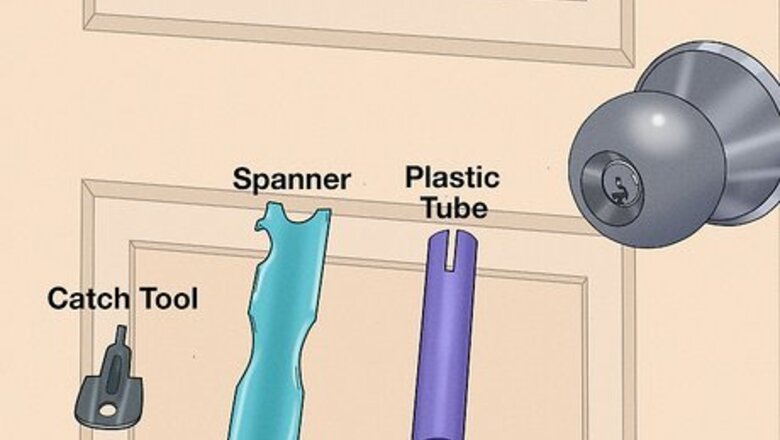
views
- You may want to replace your locks whenever you have a break-in, you get a new house or car, or if you want to upgrade your security.
- Get a full rekeying kit to make this process as streamlined as possible and avoid the need to have keys crafted separately.
- Remove the old lock and then follow the kit’s instructions to assemble the lock you’re replacing.
House Door Locks
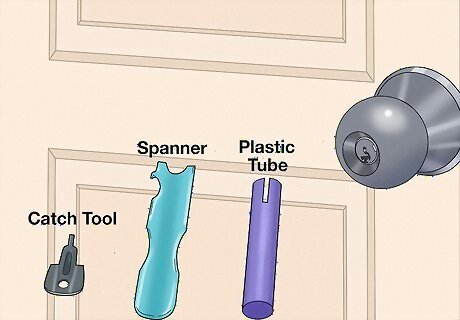
Get a rekeying kit. Also called pinning kits, rekeying kits are available at most hardware stores and home centers, as well as online. Kits are available for most lock brands and come equipped to do multiple locks, but frequently work for only locks of the same brand. Some kits include only lock pins, while others include special tools (cylinder follower, ring remover, plug follower) to remove the lock cylinder so you can replace the lock pins. You can order extra pins if you have more locks to re-key than the kit has pins for. If you have any old locks that are too corroded to keep, take the pins out and keep them before you throw the lock away.
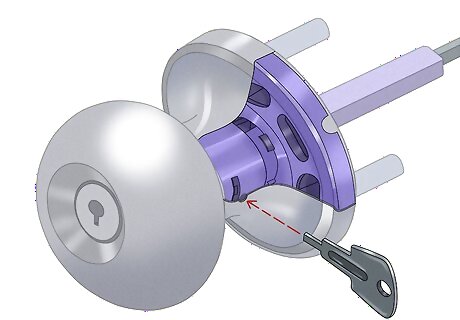
Remove the exterior doorknob or lock face. Door knobs are held in place with a clip accessed by inserting a wire into a tiny hole. Your rekeying kit may include a wire tool for this purpose, or you can unbend a paper clip and insert it.
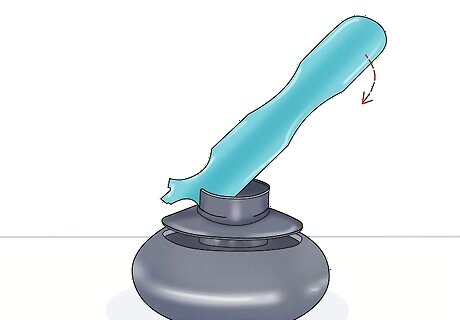
Take out the lock cylinder. Using a cylinder follower (a small brass tube), push the cylinder through the assembly to remove the sleeve covering it and then remove the cylinder.
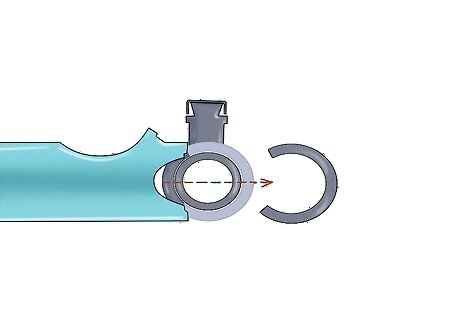
Remove the cylinder retainer ring. Use a wrench-like ring remover to remove the retaining ring from the lock cylinder. Put the retainer ring somewhere you'll find it later when reassembling the lock.
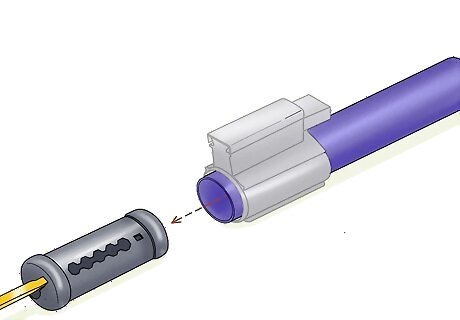
Take out the cylinder plug. Insert the key for the current lock into the cylinder and turn it to separate the upper and lower lock pins. Push the plug follower through the cylinder, using constant pressure to remove the plug. Keeping constant pressure will keep the upper lock pins and their retaining springs in place when you remove the cylinder plug. If you should let the springs fall out, you can still pick them up and reinsert them but you will need tweezers to put the springs and pins back in.
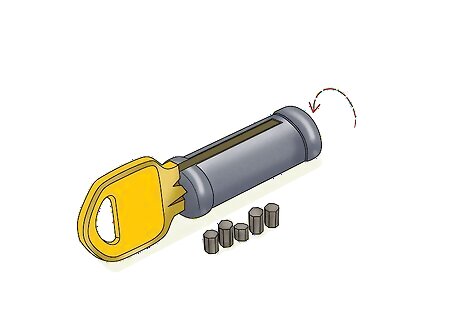
Take out the old lower lock pins. The lower lock pins are roughly bullet-shaped, with the pointed ends touching the key, and of varying lengths.
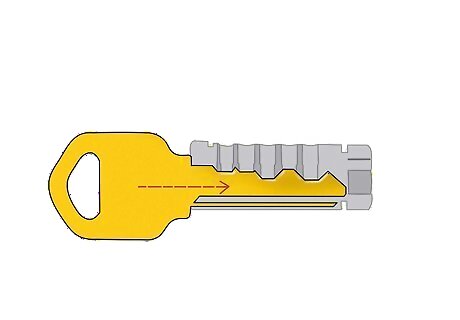
Insert the new lock key in the cylinder. This will push the springs out of the way and serve as a partial guide for the new lock pins.
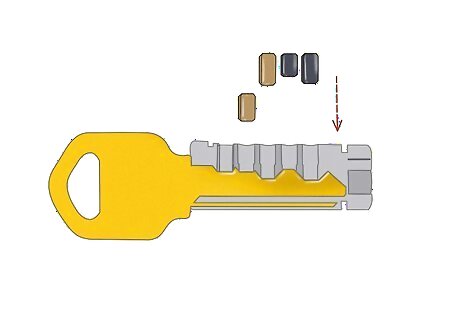
Insert the new pins in the lock. The new pins should be color-coded or coded numerically to match a chart showing which pin goes where in the lock. You'll need either a tweezers or small needle-nosed pliers to grip the pins and insert them. The new pins should align with the key when it is inserted in the lock. If the pins are not coded, you'll have to use trial and error, inserting and withdrawing the key to make sure it fits the lock with the new pins installed.
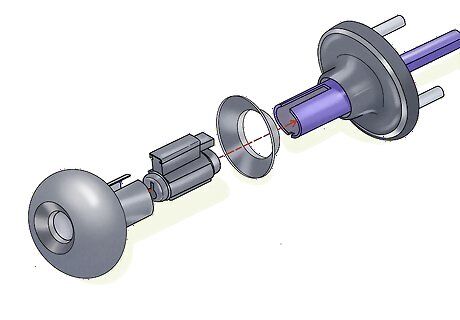
Reassemble the lock. Replace the cylinder plug and retaining ring, then replace the cylinder in the doorknob or lock face and reattach it to the door. Test the re-keyed lock to make sure it locks and unlocks with the new key.
Car Door Locks
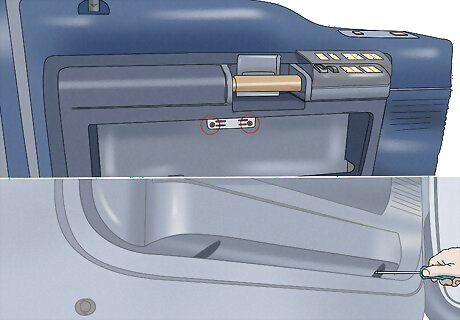
Remove the lock from the car. The exact method depends on the vehicle and whether the lock is a door, trunk, or ignition lock. You may need special equipment to remove the lock.

Remove the inner lock tumbler. Take off the end cam and inner spring, then insert a key into the lock tumbler to push the pins away from the cylinder walls. You should then be able to push the tumbler out from the back. The key does not have to be the one that is normally used with the lock.
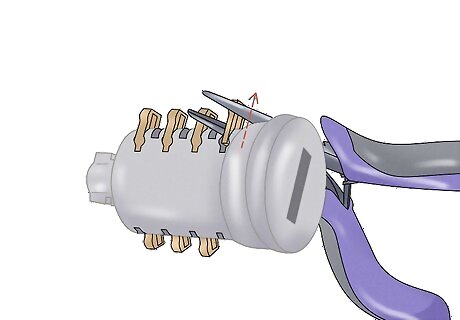
Replace the pins. Replacement tumbler pins come in sets. Each pin has a different length and may be labeled with a number. Insert the new pins in place of the old pins, making sure the new pins extend no further than the top of the tumbler. If you're rekeying more than one car lock, be sure to arrange the new pins in the same order in each lock so you can use the same key with all of them.

Insert the tumbler into the lock and test it. Although replacements, the new pins may be too worn to work. The lock should turn smoothly with the key that will be used to lock and unlock it.
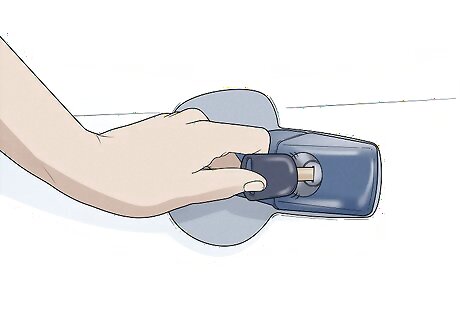
Replace the lock in the car. You may want to test the key one more time to make sure it works.




















Comments
0 comment